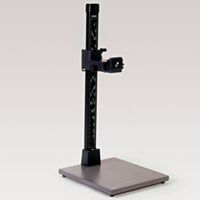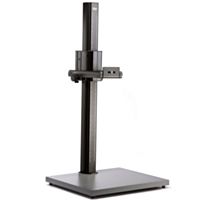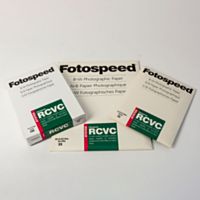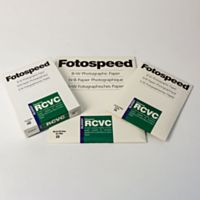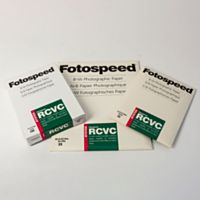Dancing to the Sound of the Drum and Whistle by John Tisley
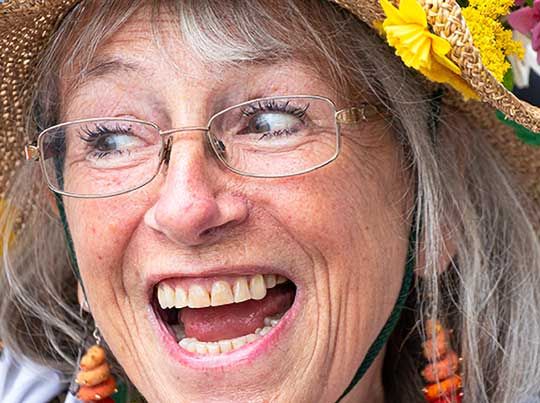


Like many other industries, photography was hit hard by the pandemic. What was once taken for granted -- exploring other cities or events -- became a distant blur as photographers were encouraged to snap what was around them, missing out on ample opportunities to document new experiences.
But with restrictions easing and events becoming more and more frequent, photographers are starting to feel a sense of normality in their work. John Tilsey, who specialises in landscape and people photography, is one of the many whose work was disrupted, but luckily he recently attended a post-lockdown event, and was able to once again engage with what he loves.




‘When I attended the Bridgeport Folk Festival, it was the first opportunity I had had in two years to capture Morris dancers in the street. However, that wasn’t the main cause of my trepidation; as a member of the photography team for the nearby Wimborne Folk Festival, I had unlimited access to all areas, which was a real privilege. At Bridport, I was just an ordinary member of the public -- would I be able to capture the essence of the event?
But I shouldn't have worried; it was the ideal occasion to ease myself back into event photography. The difficulties of rehearsing in Covid Britain meant that only three dance teams were attending, and were sharing just one area in which to dance. The road had been closed so access was really easy. It was a bright day with just the occasional sunny period, so there was no danger of having to deal with extreme contrast; a frequent problem with white costumes and dark makeup.




As I said, the number of groups attending rapidly reduced as the festival approached, with lack of rehearsal being the main reason for withdrawal. Most dance troupes require six or eight participants to get numbers like this together in Covid secure environments. Of course, any kind of hand-holding just wasn’t possible, and stories of how dances had been adapted emerged as the day progressed.
Morris dancing is both a visual and aural experience. Colourful costumes and makeup are an integral part of the experience, and the musicians are equally important to the event. When photographing events of this type, the participants will want images which are a true record of the event, so often you are torn between providing these and much more impressionistic pictures which are your own interpretation of the event.




My approach is simple; get your eye in taking the record shots, move around the dancers and musicians, and try and get at least one image of everyone. Get images which show the form of the dance being performed. As you do this, keep an eye out for charismatic personalities and idiosyncratic performances, and be aware of the music and react to the unusual. This way you can hopefully get some images which really capture your impressions of the event.

John Tilsey is a landscape photographer, as well as lecturer, who is prolific in the world of photography and film. An avid printer, he also has recently been appointed a Fotospeed Ambassador and uses Fotospeed products exclusively to capture the essence of his images.
You can view more of John Tilsey’s work on his website.
Enjoyed this blog? Sign up to our newsletter for more insights, straight to your inbox! Visit our YouTube channel for more tips and excerpts from photographers.


